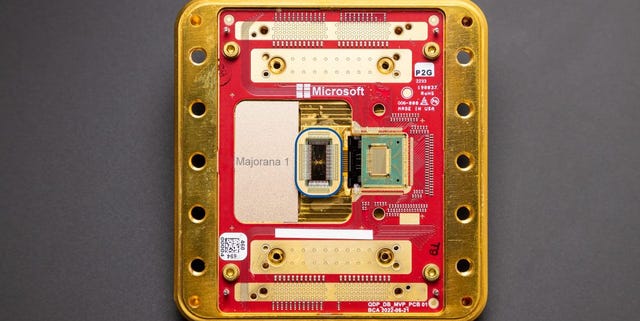Quantum Leap: The Tiny Chip That Could Revolutionize Computing Forever

Microsoft's Breakthrough: The Elusive Topological Qubit Finally Realized
In a groundbreaking achievement that could revolutionize quantum computing, Microsoft claims to have successfully created a topological qubit—a holy grail of quantum engineering that researchers have been pursuing for decades. This remarkable milestone represents a potential game-changer in the world of quantum technology.
Topological qubits have long been considered the most stable and error-resistant form of quantum bits, promising to overcome many of the fundamental challenges that have plagued quantum computing development. Unlike traditional qubits, which are notoriously fragile and prone to computational errors, topological qubits are theoretically designed to maintain their quantum state with unprecedented reliability.
Microsoft's research team has been working tirelessly to transform this theoretical concept into a tangible reality. By leveraging advanced materials science and cutting-edge quantum physics, they appear to have cracked a code that has eluded scientists for years. This breakthrough could potentially accelerate the development of large-scale, practical quantum computers.
While the full implications of this discovery are still unfolding, the scientific community is buzzing with excitement. If verified, Microsoft's achievement could mark a pivotal moment in quantum computing history, bringing us closer to solving complex problems that are currently beyond the reach of classical computers.

